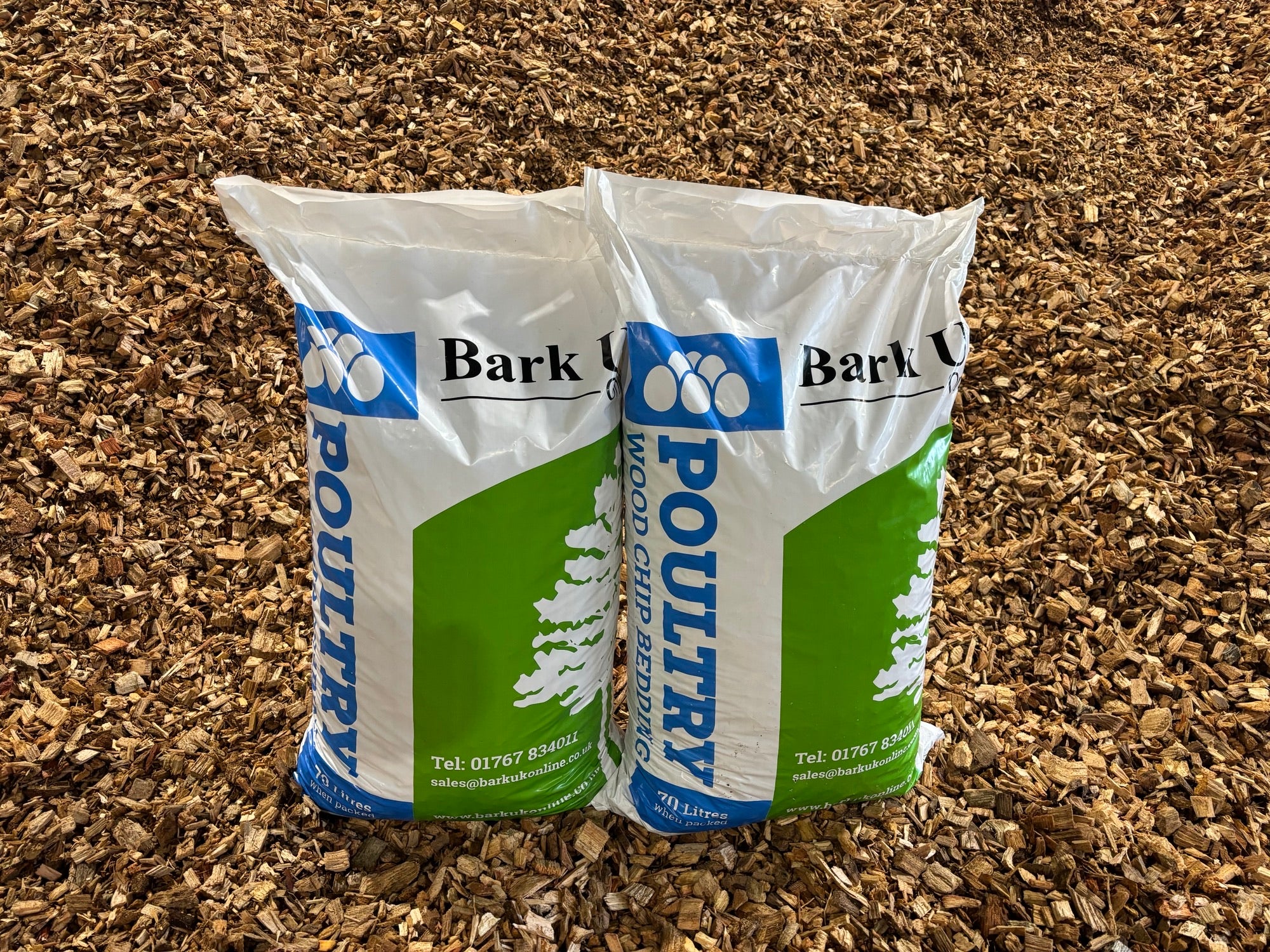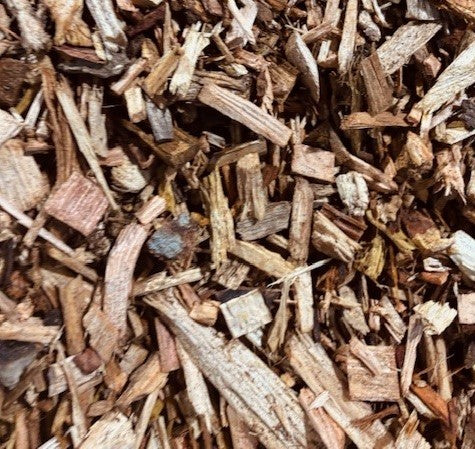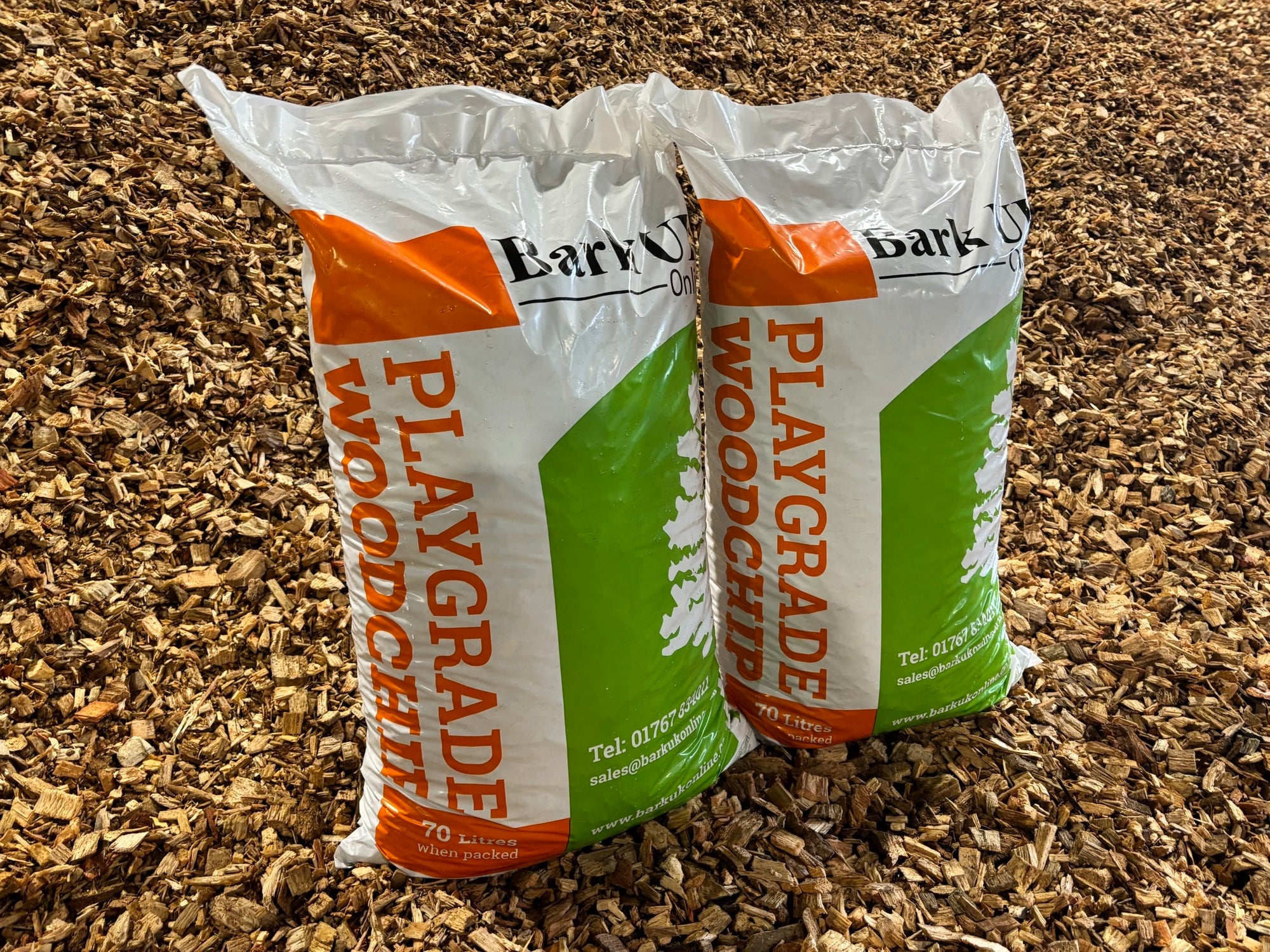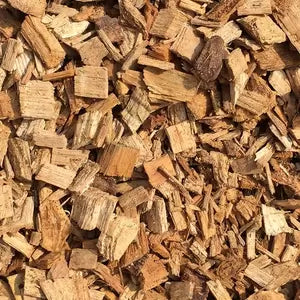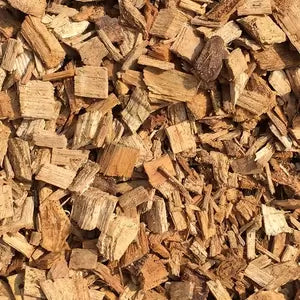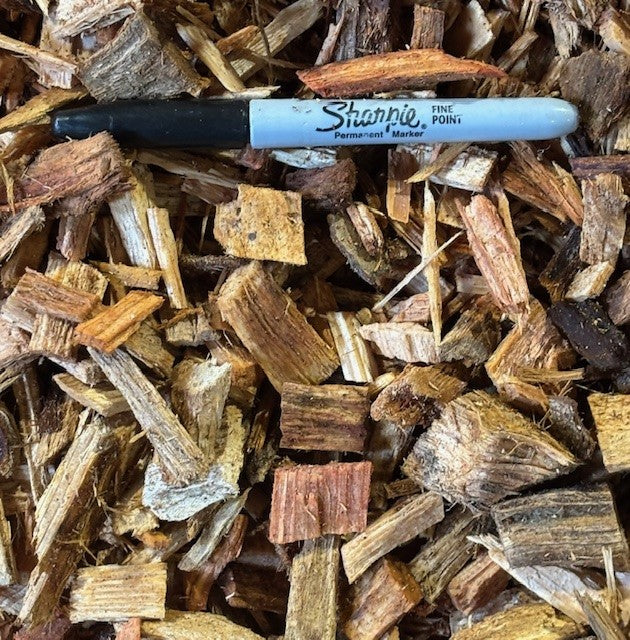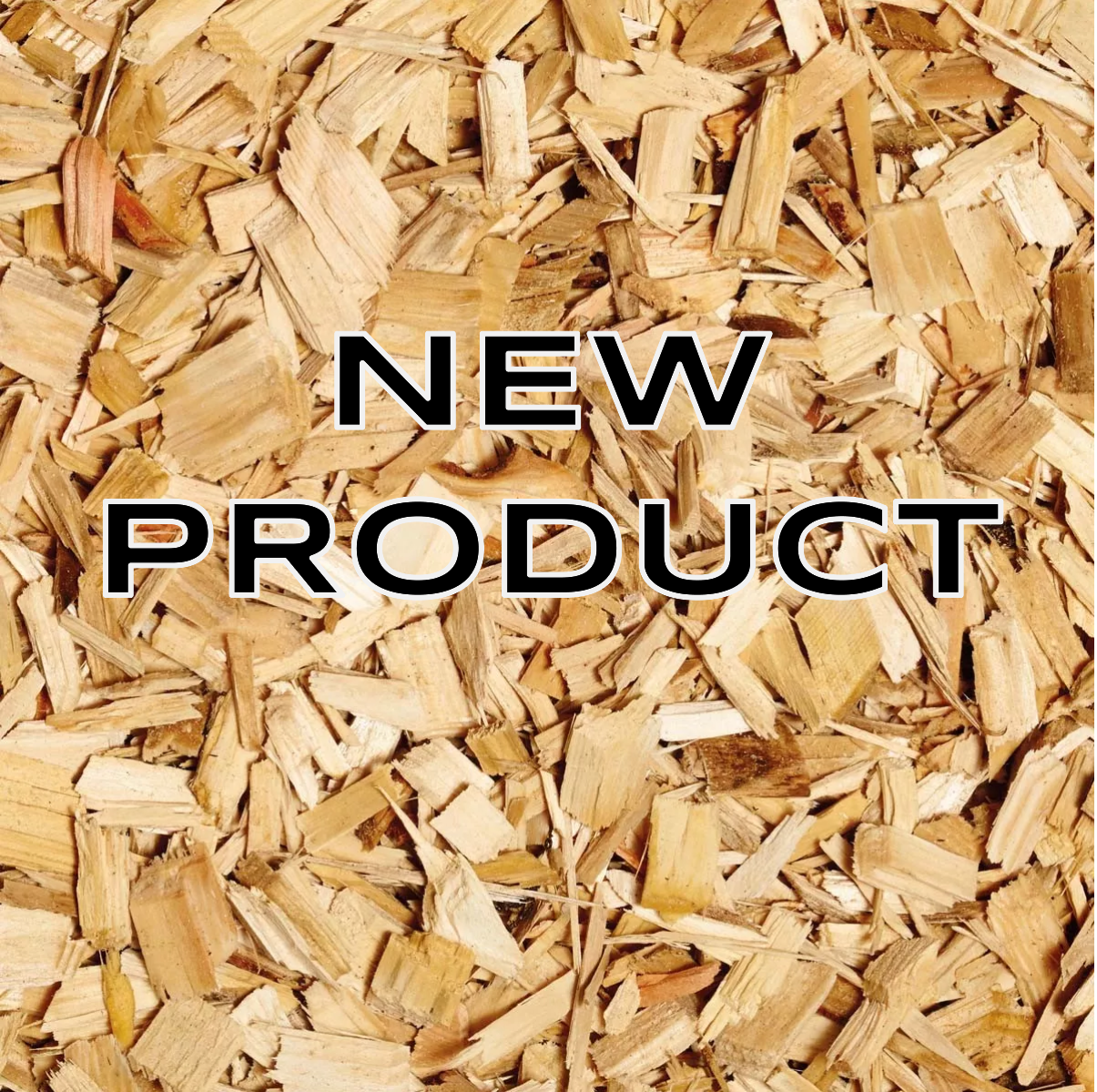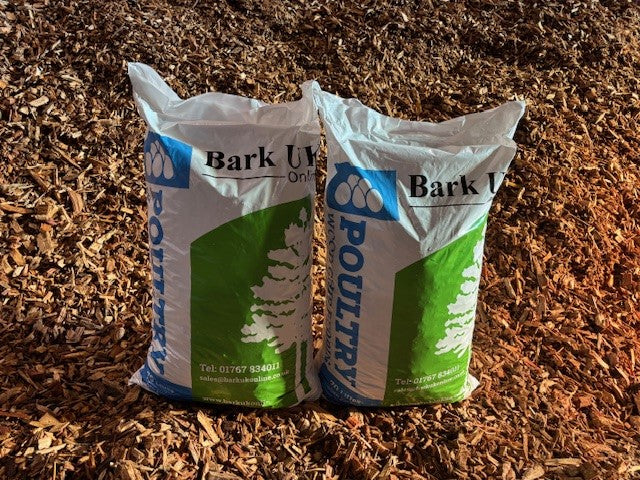Does mulch go bad?
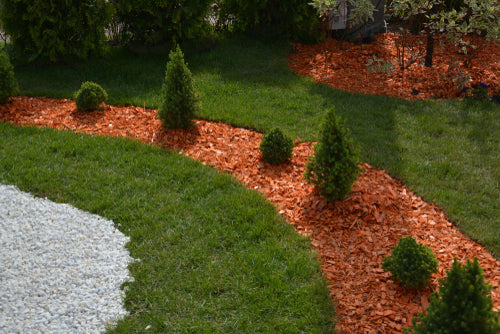
When people first start landscaping, their minds almost immediately go to the image of a well-manicured lawn with some flowers, trees and bushes. And often, when that image comes to mind, so does the image of mulch, which is often put around trees and other decorative plants to help retain moisture and prevent weeds.
Mulch is the landscaper’s best friend, because it provides important nutrients to the plants it surrounds and allows for easier maintenance of the areas in which it resides. Unfortunately, for first time landscapers or mulch buyers, it’s very hard to correctly measure the area you need mulch for, and even harder to get the right amount of mulch to fit that area. Whenever you order from Bark UK Online, you’ll find our calculator right there to help you determine the quantities you need. We encourage you to purchase enough, but never too much. Many people do not know that mulch can indeed go bad. Read on to find out why.
Can mulch go bad?
You might be curious – isn’t mulch supposed to decompose? Isn’t that the whole point? Yes, it is, but when we say ‘mulch goes bad’, we don’t mean it like that. Mulch naturally decomposes over time, like all organic materials, and that’s where the benefits for the plants come from. But left too long, or stored improperly can result in the mulch ‘going bad’ – souring, growing fungi, getting infested with insects or weed seeds, becoming slimy, or even molding.
How can I tell when my mulch goes bad?
A good way to tell when mulch has gone bad is if it smells like rotten eggs or vinegar. Some people even compare it to smelling a skunk. And any smell like that is a sign something is wrong. Another sign is: you’ve noticed the mulch has become infested with insects (such as ants or beetles), or has started to grow various fungi (such as mushrooms). And of course, if your mulch looks like it has a coating of slime on it, or it looks fuzzy, that’s also not good. Also, if it’s rock hard to the touch, then it’s no longer fit for use.
Can my mulch still be salvaged?
In some cases, the mulch can be saved. If it’s simply soured, you can break up the clumps with a shovel or hoe, water it down, and spread it out in a thin layer on a tarp to dry it. In other cases, such as the mulch has become infested or is moldy, it’s imperative to take it out and dispose of it as soon as possible.
Signs of your mulch going bad
There are two other signs that your mulch has gone bad that aren’t as easily noticeable if you aren’t looking for them. These are ‘mulch volcanoes’, and Hydrophobia. Mulch volcanoes are actually quite common and therefore often looked over. A mulch volcano is when mulch is piled around a tree more than 2-4 inches high. You often see it around new trees, or in big gardens, and it’s become a common practice. Mulch works by blocking out light and helps plants retain their moisture by protecting the soil and roots from harsh sun. But when it’s stacked too high, like in the case of a mulch volcano, not only does it block off the sun, but air too. It’ll also trap water underneath, and won’t allow it to evaporate, therefore forming a pool around the tree. So the foundation of the tree will simply rot away, without access to oxygen and too much water.
The other rare sign is hydrophobia – the fear of water. Also called water-repellent mulch. It’s exactly as it sounds: water rolls right off. This happens when mulch is applied too deeply and allowed to sit for a long time without being turned over or moved. Hydrophobic mulch often occurs in the summer or fall, when hot temperatures dry out the wood of the mulch, which allows fungi to settle in and turn your mulch into a matted mess. Thi, will kill plants, as plants need water to survive, and hydrophobic mulch doesn’t let any get to the soil. Luckily, hydrophobia is relatively easy to prevent – just maintain your mulch. However, once your mulch has become hydrophobic, it needs to be disposed of as soon as possible in order to save your plants.
How to store and maintain mulch
Maintenance of mulch is fairly simple. After installation, all it needs is to be turned over with a rake every six months, and replaced when layers get thin (less than an inch and a half), become discolored, or start to decompose. If the layers are thin or discolored, simply turn the mulch over with your rake and add a new layer so the mulch is about 2-3 inches thick. If the mulch is decomposed, we advise you to scoop it all out, dispose of it, and install a new layer of mulch 2-3 inches thick, which should help your yard greatly.
Storing your mulch is important if you have purchased more than needed and want to preserve the batch. Simply poke holes in the bags and store the bags of mulch stacked on top of a tarp with another tarp draped over.


